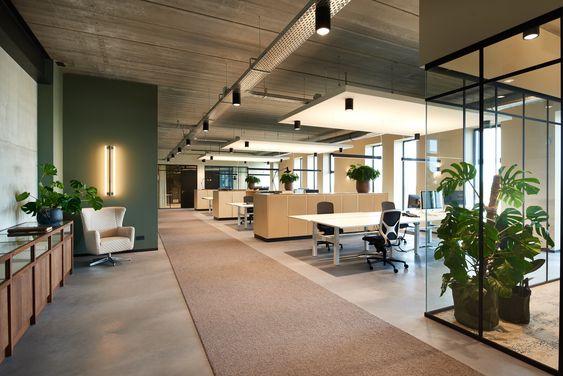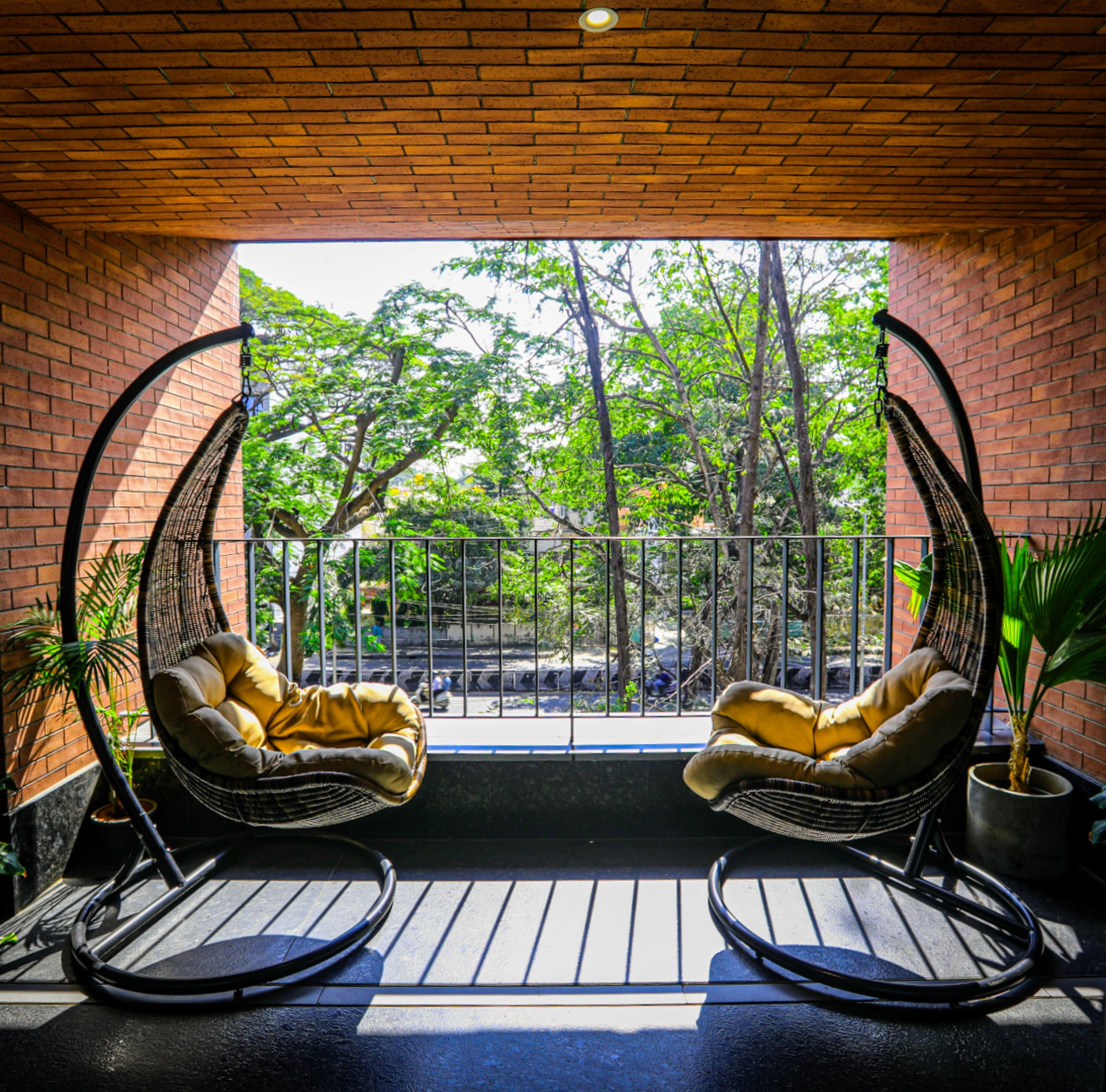Designing for Wellness: How Workspace Layouts Impact Employee Health
Uncover how smart office design boosts employee well-being and productivity. This blog highlights the impact of color, ergonomics, biophilic elements, and flexible workspaces on health and satisfaction, and explains why investing in wellness amenities is key to a more engaged and loyal workforce.
Designing for Wellness: How Workspace Layouts Impact Employee Health
Employee well-being in today’s fast-paced work environment is deeply impacted by office design. Beyond just workspaces, there's a growing recognition that a well-designed office can significantly influence an individual's physical and mental health within the corporate framework. A thoughtfully crafted workspace promotes both personal and professional growth, going beyond mere aesthetic appeal.
The Significance of Color in Office Space Design
Beyond only being a visual component, color is a potent psychological tool that can affect behavior and mood. Studies have indicated that distinct hues elicit distinct psychological and physiological reactions. For example, blue is a color that promotes productivity and tranquility, which makes it perfect for areas where concentration is crucial. Conversely, green is associated with calmness and lessened eye strain, which is especially advantageous in settings where workers spend a lot of time in front of displays.
A University of Texas study found that using the wrong colors at work can make people feel depressed and anxious. On the other hand, judicious use of color can lower tension, enhance focus, and even increase creativity
Ergonomically Designed Workspaces
One important aspect of workplace wellbeing is ergonomics. Inconvenience, persistent pain, and long-term health problems such musculoskeletal illnesses can result from poor ergonomics.
Data from the Occupational Safety and Health Administration (OSHA) emphasizes the significance of ergonomics in the workplace because musculoskeletal diseases connected to the job are among the most reported reasons for missed or limited work hours. Businesses can greatly lower these hazards by implementing ergonomic equipment. To further ensure a comfortable and effective workspace, suitable spacing and layout must be followed to prevent crowding and promote easy circulation.
Biophilic design
The goal of biophilic design, which aims to reunite workers with nature, is one of the most significant developments in contemporary office architecture. According to studies, adding natural components to a workspace can greatly lower stress levels, enhance the quality of the air, and foster a relaxing environment. Employee productivity increased by 15% in work settings with natural elements compared to those without, according to a Human Spaces study.
Natural materials like wood and stone are used, while indoor plants and green walls are examples of biophilic design elements. These components not only make an office more aesthetically pleasing, but they also make it cozier and healthier. Another essential component of biophilic design is natural light. Exposure to natural light is essential for a wellness-focused workspace because it has been demonstrated to improve mood, boost energy, and regulate circadian rhythms. People who worked in environments with natural elements reported 15% higher levels of general well-being, 6% higher productivity, and 15% greater creativity, according to the Global Impact of Biophilic Design in the Workplace research.
Agile and Flexible in Workspaces
In the contemporary workplace, flexibility is becoming more and more crucial as workers look for settings that support a range of work styles and responsibilities. Teams can reorganize open-plan environments using modular furniture to suit their needs, which promotes innovation and collaboration. A study by the international design and architecture firm Gensler revealed that businesses with the best office designs beat their competitors by an astounding 200% on the stock market
Wellness Rooms and Amenities
Many modern companies are adding wellness facilities and services to further promote the well-being of their employees. These designated areas give staff members a place to unwind, practice meditation, or get moving, which helps them decompress and feel less stressed. According to a CBRE survey, 80% of workers think that, in the next ten years, a company's health programs will be essential to attracting and keeping them.
Initiatives for employee well-being also demonstrate a company's concern for its workforce, which can increase dedication, loyalty, and general job satisfaction. Companies can save money on hiring and training expenses, decrease absenteeism and attrition, and create a more positive and encouraging work environment by putting employee well-being first.
In conclusion, considering the well-being of your employees while building a workspace is not a trend—rather, it's a requirement. Employees that work in a well-designed office setting tend to be happier, healthier, more engaged, productive, and loyal. Businesses that incorporate health into their design will be in the greatest position to draw and keep top talent while developing a vibrant workplace culture as the workplace continues to change.



